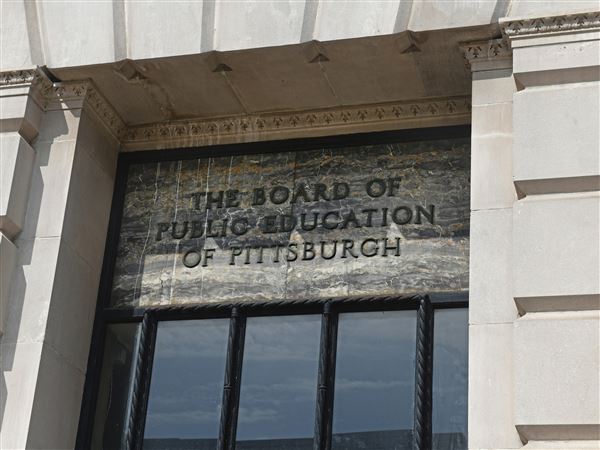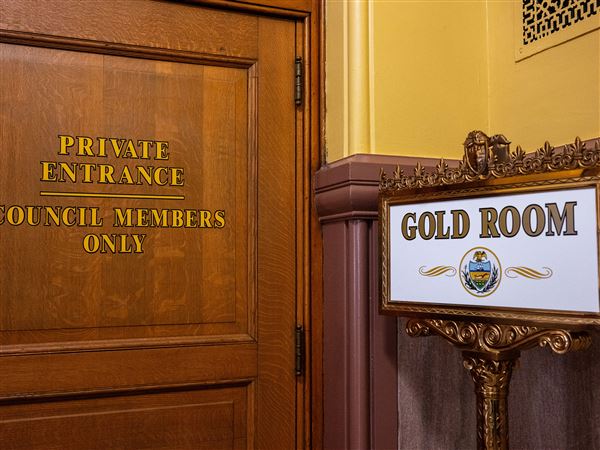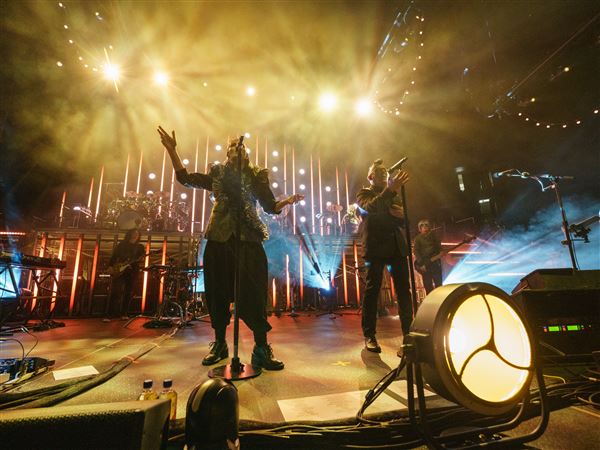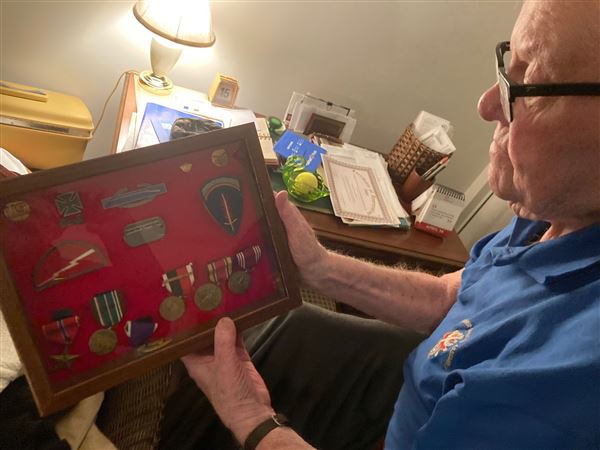Lisa Occhipinti is a fine artist with a background in bookbinding whose medium is orphaned books, mostly the linen-bound novels printed in the early to mid-20th century that you can find by the box load at thrift stores and flea markets.
She interferes with them by ripping off their spines and splaying the pages so they look like the whorls of a nautilus shell, and then coating the pages in beeswax. Her pieces can resemble fossils; haunted stacks of decayed, burned and water-soaked books; or crisp origami.
In an age when the bound book is an endangered species, her artwork is nicely topical. It's also in the slipstream of the activities of set designers and store stylists who are throwing around what are known as "book bundles" -- stitched and ripped old paperbacks in neutral colors -- the way they used to set out green apples or lemons in a bowl. Which is to say, as a textural accent.
In between Ms. Occhipinti's fine art and the decorating cliché of the book bundle (seen at West Elm and Pottery Barn this year, and Restoration Hardware last year) is the craft she practices, making functional objects like lamps and sewing boxes out of old books, selling them on Etsy (etsy.com/shop/theshophouse).
She now has a book of her own, "The Repurposed Library," out this week from Stewart, Tabori & Chang. In it, she offers readers a how-to guide to making household objects from, well, books, like a mirror, a lamp and a fire screen, as well as the winsome mobile shown on the cover.
You've just moved from New England to Venice Beach. Who has better flea markets, the East Coast or West? And how do the book offerings differ, if at all?
Flea markets are equally as good in terms of quality, but in the East the books are much older (I collected a lot from the 1800s), while on the West Coast I find newer, early 20th-century books. You also find some kooky books: "Let's Have Healthy Children!" and "Step-by-Step in Sex Education" from 1948. This might be the book "Leave It to Beaver" learned about the birds and bees from -- very proper.
What period and genre do you prefer books from, and why?
I guess I would have to say novels from the 1920s to the 1960s. But the other day I got "How to Become a Good Dancer," by Arthur Murray, from 1959. On the cover is a twirling couple.
I like the early 20th-century books because I like the design of the books, the typography, the little extras like frontispieces and illustrations. I also love the attention paid to the forming of the book as an object, in terms of materials: the linen used to cover the boards, the design on their spines and a signet -- the author's initials or full name or some other embossment on the cover, if not a full-on graphic.
There wasn't a compulsion to attract the reader with flashy covers, but rather a quiet display of design that seemed devoted to that of books. There is also a wabi-sabi type of patina that these have, where there is some wear-and-tear but they are still sturdy enough to be handled, read and transformed.
Also, I like this era, for books' signatures were still stitched, rather than glued. A bare book spine is very beautiful.
What do you keep on hand at your studio?
About 150 "work" books. Colors are a full spectrum from browns and blacks to blues and greens, lots of reds, an occasional yellow. Green-aquas and yellow-green colored books are the ones that always jump into my arms when I'm out in the field gathering.
But what about for reading? What are you reading right now?
"Solipsist" by Henry Rollins, "The Vagabond" by Colette and "The Sailor Who Fell From Grace With the Sea" by Yukio Mishima.
Henry Rollins, that's an interesting choice. What drew you to him?
His raw honesty -- there is a bravery there.
First Published: April 29, 2011, 4:00 a.m.














